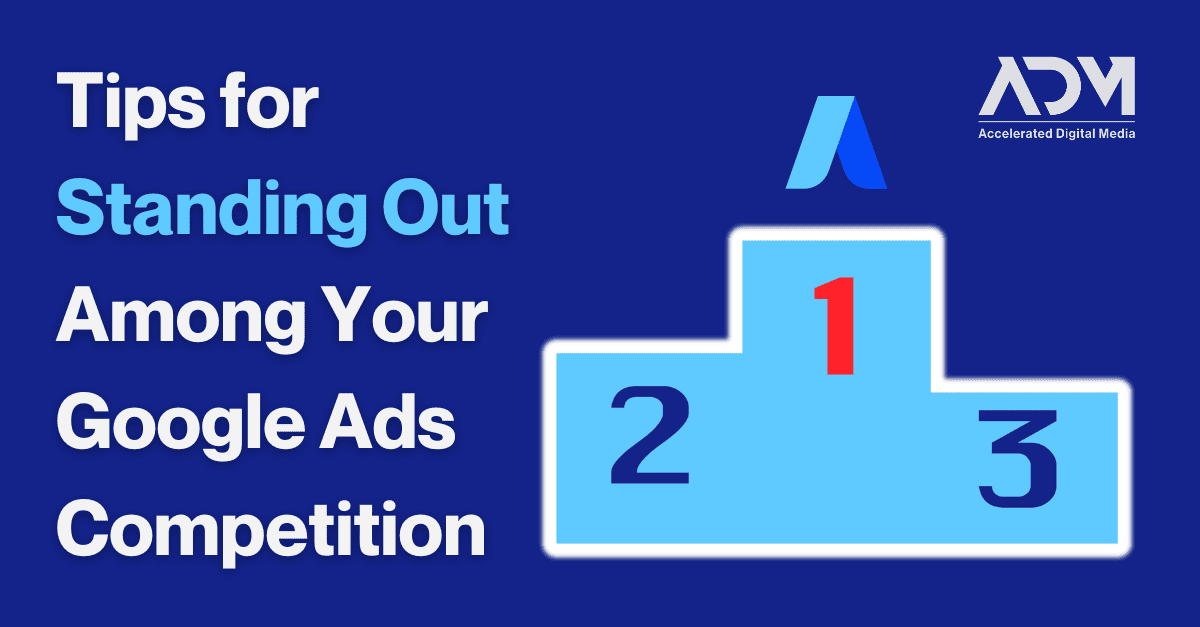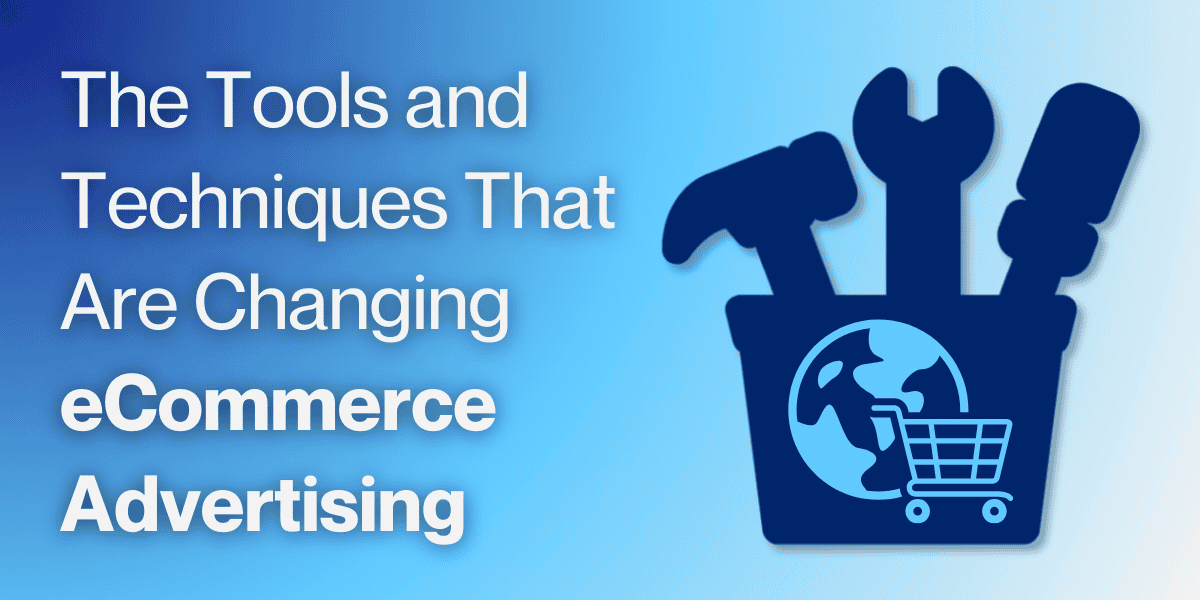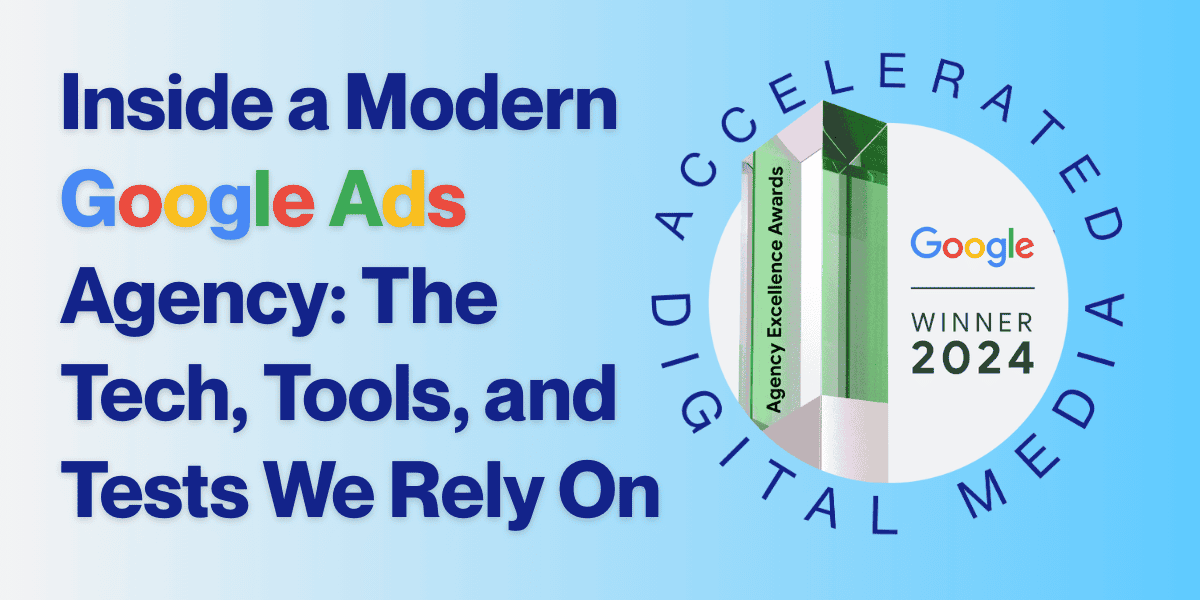In the early days of online advertising, big players were some of the last to go digital—leaving the door open for new businesses to advertise in a relatively non-competitive environment. That’s no longer the case.
Today, the most venerable companies invest substantial amounts on Google Ads, making it very difficult for new businesses to compete in established industries. On the other end of the spectrum, there are numerous markets where the barrier to entry is so low that a flood of companies are in the space, leading to competition through volume. Save for extremely niche markets or new and innovative products, there’s a good chance you’ll have serious paid search competition no matter what you’re advertising.
With so many ad dollars competing for so little space on the search engine results page (SERP) page, how do you ensure your paid search ads stand out? In this blog, we’ll lay that out.
What types of Google Ads campaigns are the most competitive?
When we speak of stiff Google Ads competition, the majority of the time we’ll be talking about non-brand search—dozens of companies vying to appear for a finite number of shared keywords. This is often due to inventory: Google Search ads are often harder to place than Shopping ads, for example, because Search often only has space for 2 to 4 ads at the top of the SERP, while the Google Shopping section of the results page has room for 9 ads from a single search result.
Non-brand search is typically more expensive than Brand, since you can establish more affordable cost-per-clicks (CPCs) and better positioning much more easily on your own company and product name keywords. That said, it isn’t uncommon for competitors to bid on other brands’ product names or to study and bid on the language you use around your products, so it’s important to keep an eye out for those aggressive tactics.
For most brands, it makes sense to utilize long-tail keywords that demonstrate intent. While some long-tails will have less competition and thus cost less to bid on, the opposite can be true for the highest-intent keywords. High-intent keywords that include phrases like “buy,” “purchase,” “get”, and “online” are often more expensive than low-intent, research-based keywords
On the other hand, campaign types like Display and Youtube provide opportunities for cheaper clicks because the inventory is so plentiful, but since they lack the intent factor found in Shopping and Search campaigns, they typically deliver much lower conversion rates.
What are the main challenges that paid search competition poses?
With too many competitors in the same lane, your paid search strategy can get a little more complicated. First, let’s look at the primary challenges that overly-competitive Google Ads markets can create:
High prices: The most obvious effect of hotly-contested keywords will always be the inflated prices. Soaring CPCs will mean you’ll get less for your dollar. Without adequate budgets and well-optimized ads, you may struggle to appear at the top of paid search results.
Difficulty advertising new brands/products: With proper campaign management and time, Google campaigns often achieve more affordable CPCs because Google wants to reward the ads that help users the most. This can also lead to better positioning in search results and more efficient use of budget. When entering a competitive market, new Google campaigns operate at a disadvantage against established Google Ads competitors because they lack both authority and long-term data optimizations.
Diminished brand recognition/trust: Competing in a contested environment is also challenging because, with many competitors—some of whom may be dramatically more established—it’s simply harder to stand out. That phenomenon often leads to lower click-through rates (CTRs) and a steeper path to recognition and ubiquity.
What are the main things that brands can do to stand out from the competitors?
There are several factors that can help brands with smaller budgets compete against those with larger budgets.
- Air-tight copy: If you’re up against stiff competition, you can’t afford to lose any eyeballs based on how you build your ads. Make sure you’re using clear, action-oriented ad copy that’s specifically optimized to the top keywords you are targeting with the ads.
- Full extension(s): Ad extensions give you the opportunity to add more selling points, but they also extend your ad so it takes up more space on the SERP—meaning it has a better chance of being seen and considered. Be certain to take advantage of every applicable Ad Extension at your disposal, including images, sitelinks, price extensions, contact options, and more.
- Building trust: If you’re up against well-established brands with large followings, one of the best things you can do is to show that other people love your products, too. Ratings can be incorporated into Shopping Ads, while reviews and testimonials make great additions to Search copy and extensions.
- Optimized website experience: The relevance of your landing page dictates your quality score and likelihood of appearing for searches—but once on the site, it still has to be designed to encourage users to buy. On top of a well-optimized landing page, ensure you’re offering a logical, user-friendly checkout experience.
- Competing on price: Whether by lowering prices overall or by offering promotions to temporarily undercut the competition and build up buzz, competing on price is inevitably one of the most important levers at your disposal. These prices or promotions can be highlighted in Shopping Ads or through ad extensions on Search.
- Delivery options: For eCommerce brands selling a physical product, delivery is often a deciding factor for customers. Superior delivery options like free delivery or same-day delivery can be a primary selling point and, as above, should be highlighted in the ad via extensions.
- Superior product offering: At the end of the day, the best products will sell, and success breeds success on Google Ads.
When all else fails, it’s vital to defend your brand. Brand keywords are almost always going to be your most efficient keywords, but that efficiency will also make them a big target for competitors because there’s high intent associated with brand keywords. Force them to pay higher CPCs to gain impression share and positioning on your brand by always investing in the defense of your own brand keywords. Failing to do this can incentivize even more investment from competitors as they find efficiency on your brand.
Budget increases: a first or last resort?
If you can’t create clear advantages in terms of product, pricing, website experience or other unique selling points, competitors with larger budgets can still push you aside with aggressive bidding. So, is the solution to always raise budgets?
You always want to find the sweet spot between bidding and budgeting. This is determined through incrementality testing. There are different ways to approach this:
- Pre/Post tests: Measuring efficiency and volume at different bid and budget levels
- Geo testing: Segmenting out campaigns by geographies and then bidding and budgeting differently in similar locations will help you determine if there are areas where you can create efficiency, rather than having your whole budget swallowed up by a few huge markets that deliver middling results.
- Holdout testing: Similar to Geo testing, but instead of excluding locations you are excluding times of day or days of the week. This way you can find when your ads are most efficient and determine whether you want to focus your spend on those times specifically.
Because the auction environment changes over time, incrementality testing should be performed on a regular basis to understand the most efficient budgets at a given time. There are often ways to create efficiency by shifting budgets, but you need to be proactive in finding those opportunities.
Performance marketing to beat the competition
Stiff competition is a reality of Google Ads, and the problem isn’t going away anytime soon. If your brand is struggling to break out due to the number of companies bidding on your most important keywords, it may be worth enlisting the help of a performance marketing agency.
ADM’s search team is adept at optimizing campaigns, keywords, ad copy, and extensions to ensure your ads are equipped to succeed. But we’re also skilled at analyzing competitive landscapes and identifying and validating new areas of opportunity—whether that’s a different sales angle, better geographic markets, new keyword options, or a number of other factors. To identify gaps in your current strategy and the opportunities to grow more efficiently, reach out to the ADM for a comprehensive SEM audit.
Contact
"*" indicates required fields




